I was listening to the local radio yesterday as I went about my business about town, they were interviewing a local vegetable grower who said crops are 5 to 6 weeks behind where they normally are at this time of year. I knew the season was behind although it seems to me that plants catch up at different speeds and some never really seemed to have been effected by the bad weather here this year. One plant which just rolls along without a care is Erigeron karvinskianus Latin American Fleabane. It is rarely out of flower at any time of the year.

Erigeron karvinskianus (Latin American Fleabane) is a tiny sprawling plant perfect for containers,baskets and in rock cracks.
There are many Erigeron and most come from North America and as the common name tells you E. karvinskianus comes from more southern areas. It is found growing from Mexico south into Venezuela. In its native habitat it grows in the mountains at 1200-3500m (4000-11000 ft.) where is is evenly moist throughout the year. Spanish Daisy, Latin American Daisy, Santa Barbara Daisy or Mexican Daisy and even Bony Tip Fleabane – all are referring to the same plant.
Erigeron isthought to be Greek eri=early and geron= old man. Karvinskianus refers to Baron Wilhelm Friedrich Karwinski von Karvin (von Karvin Karvinski) 1780-1855. He born in Hungary and was a naturalist with interests in Geology, Botany and particularly in the study of fossils from different periods. To this end he traveled to collect samples and the areas he went to was Brasil(1821-23) and Mexico(1827-32) . During his travels he sent back over 4000 plant specimens and several have been named after him, these include cactus, grasses and several others. He collected his sample of Erigeron karvinskianus while he was in Oaxaca Mexico.
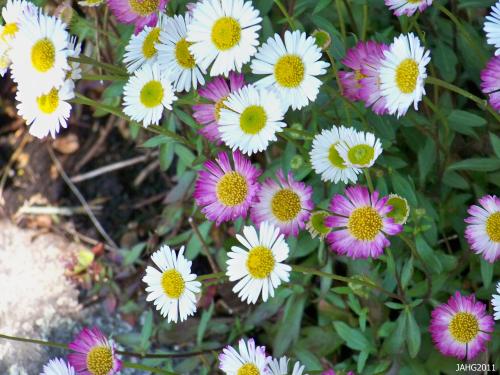
Part of the charm of South American Fleabane lies in flowers which open white and change into pink as they age. This effect is also seen in other Erigeron species.
Erigeron karvinskianus is a very successful plant since it has been grown at sea level and in some areas it has become somewhat of a pest. In Australia and particularly it is not welcome (in these areas it is recommended to plant Branchyscome multifida which is similar looking). The selection ‘Profusion’ refers to the flowers but also could well refer to its ability to reproduce quickly. In Victoria it is controlled by the climate being on the very edge of it being able to exist as a perennial here, many plant will have died this winter and new seedlings will take their place.

Here native Sedum, Cotoneasters and other mixed plants blend together in the rocks with Spanish Daisy to give a pleasing contrast in textures and color throughout the year.
I first came to know this plant as a grower at a perennial nursery and thought that this plant might be a good container plant as it has proved to be in other areas. It has mainly been grown for this purpose as it is not hardy enough for most of Canada. Here it can be grown as a short lived perennial which reseeds to refresh with new plants. Victoria and nearby areas are the only places you will see it growing in gardens as a regular plant.

The diminutive flowers on wiry stems of Erigeron karvinskianus are long lasting as they go through their metamorphosis from pure white to deep pink.
Erigeron karvinskianus like full sun and well drained soil which can be sandy or even having clay like it is around here. It like even moisture to slightly dry especially in colder areas as excess wetness promotes rot. These plants can be used in many ways, as fillers, accent,groundcover, massed, in large rockeries as long as its not near delicate growing or extremely small plants. They are fairly drought tolerant and attract butterflies to your garden. They are rated as zone 8 -10 c. (20-30 f.) They grow 15-20 cm high and wide.There are several named varieties, ‘Profusion’ is the best known and there is ‘Snowdrift’ which has white flowers. It is also thought that the species E. moerheimerii is just a form of karvinskianus and should be listed as E.k. ‘Moerheimii’
The Baron and the Little Flower:
Description of and cultivation for: http://www.perennials.com/seeplant.html?item=1.200.230
Fine Gardening has a good description: http://www.finegardening.com/plantguide/erigeron-karvinskianus-profusion-fleabane.aspx
Baron Wilhelm Friedrich Karwinski von Karvin: http://www.botanischestaatssammlung.de/DatabaseClients/BSMvplantscoll/About.html
…..Follow my trail to more interesting plant tails……..



















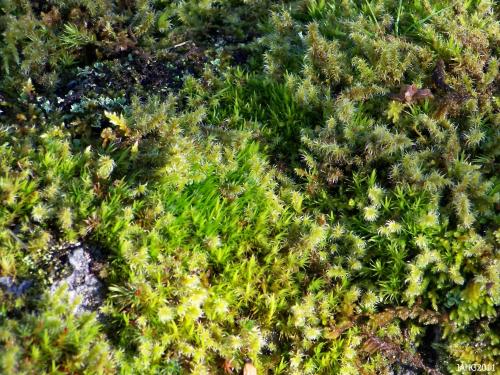
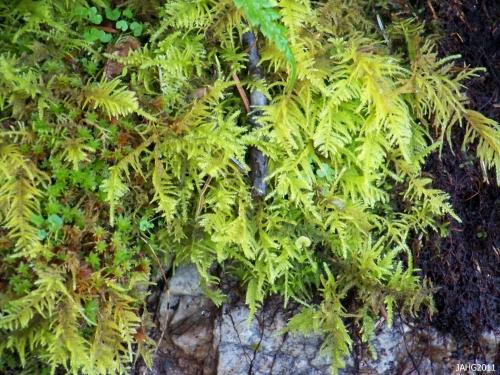
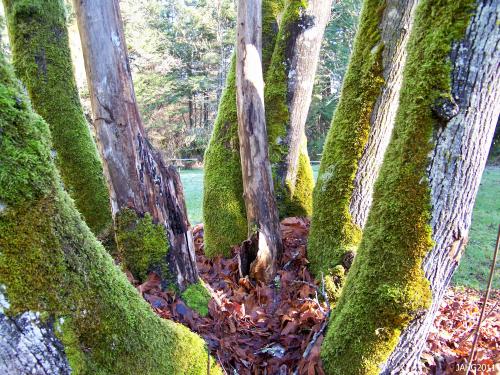
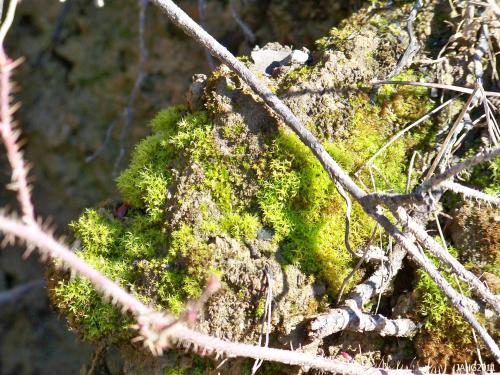
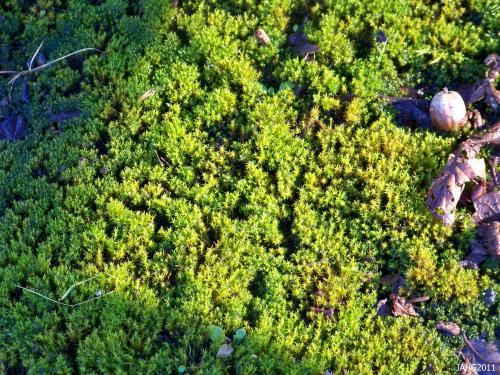
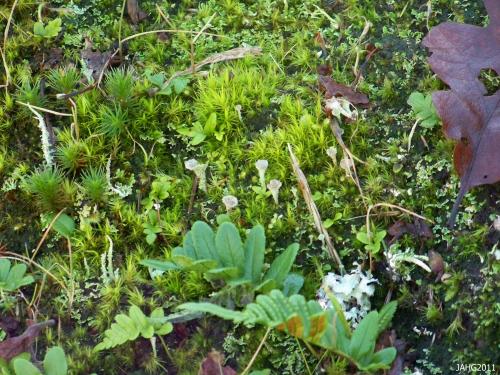
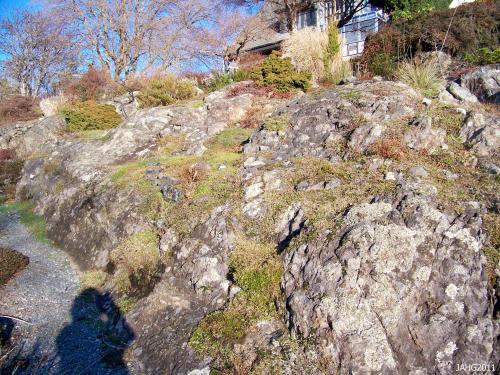
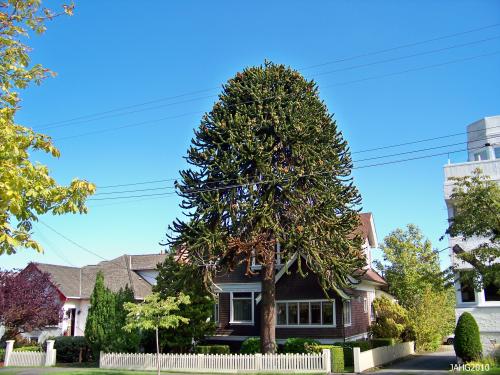
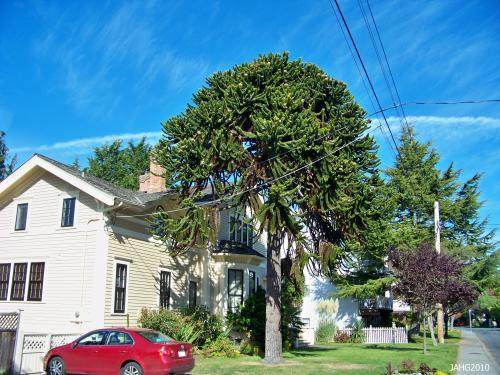
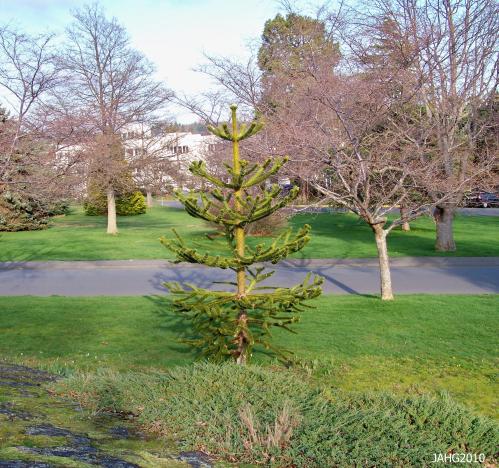
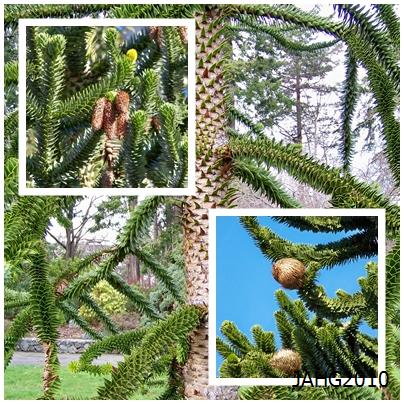
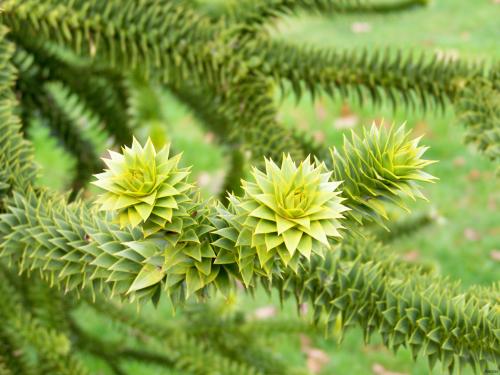
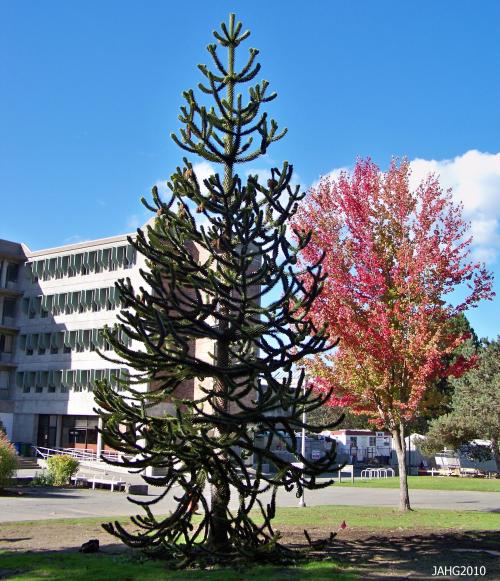
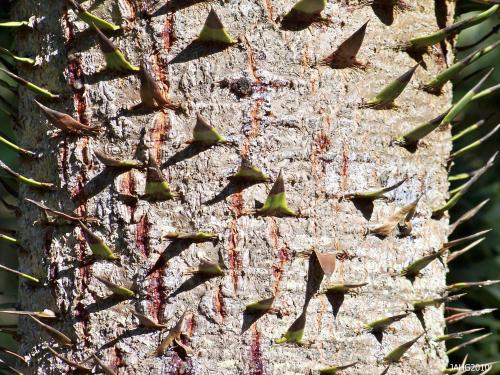
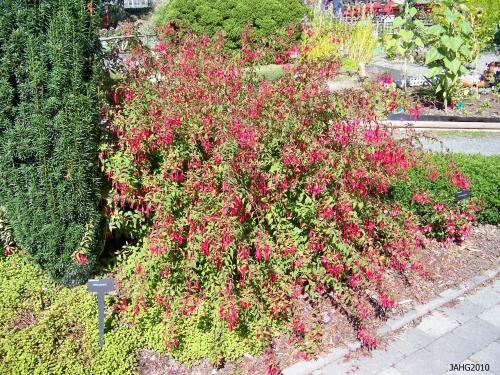
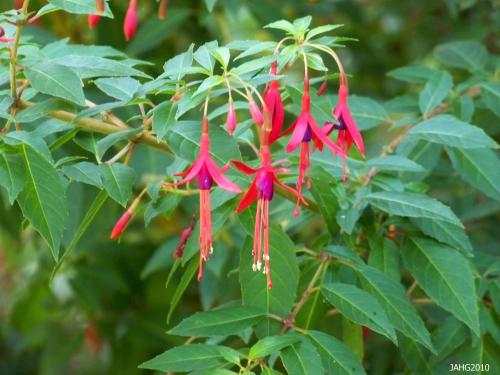
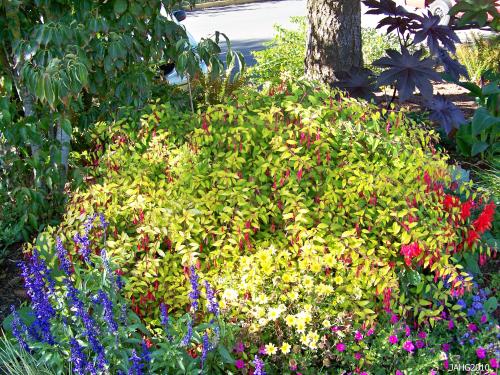
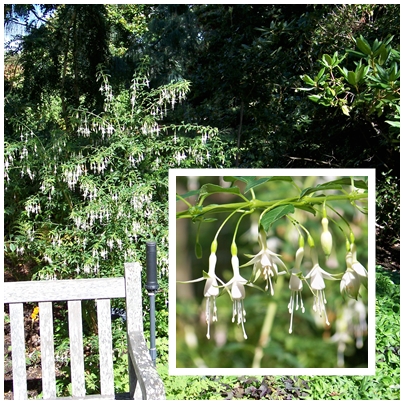
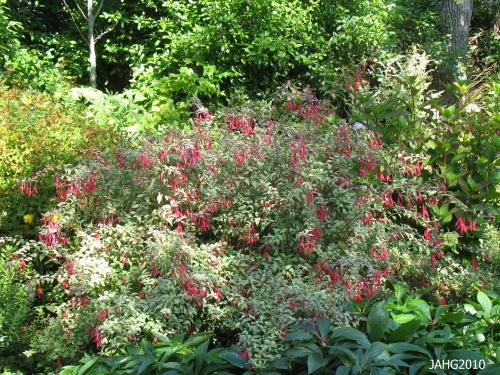
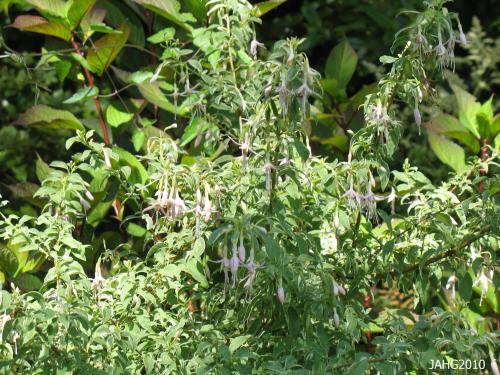
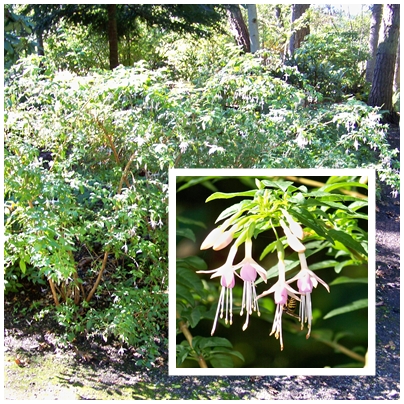
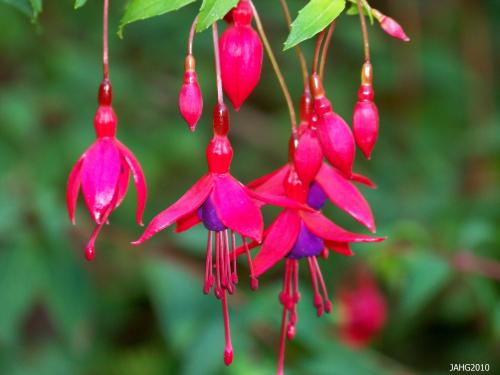

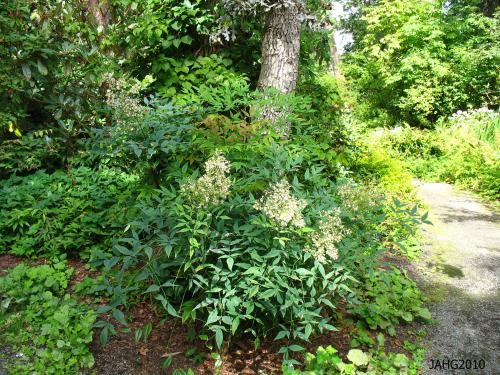
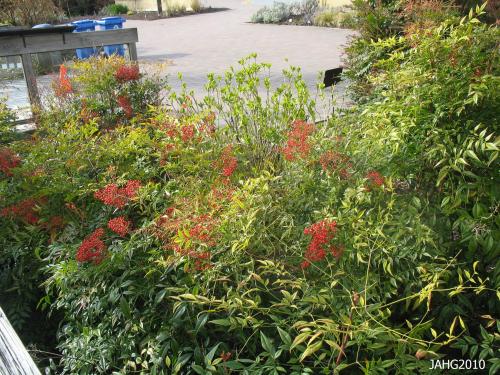
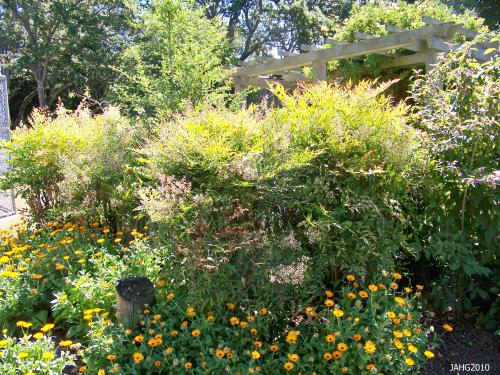
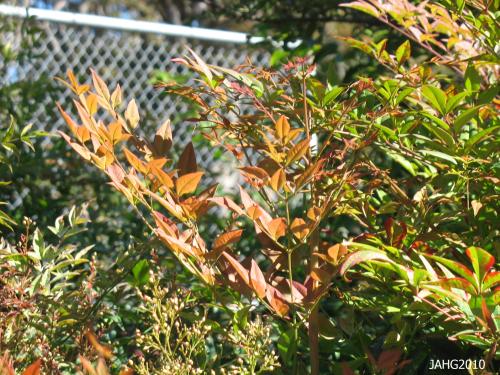
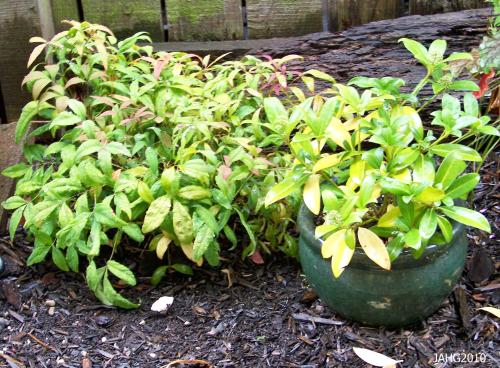
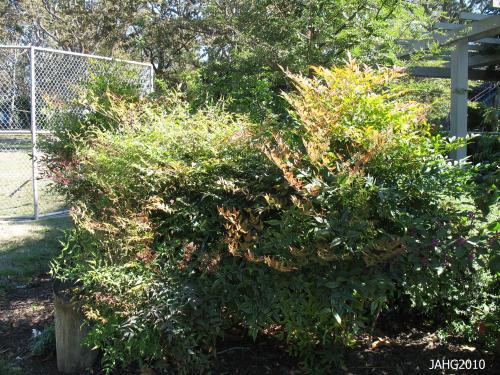
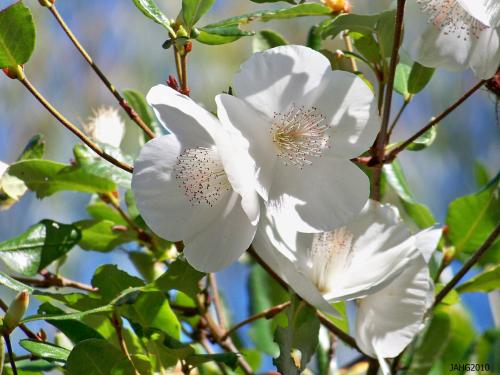
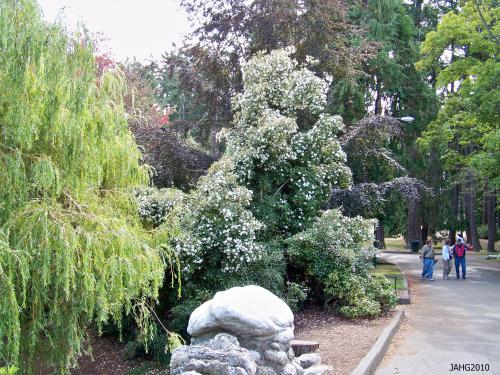
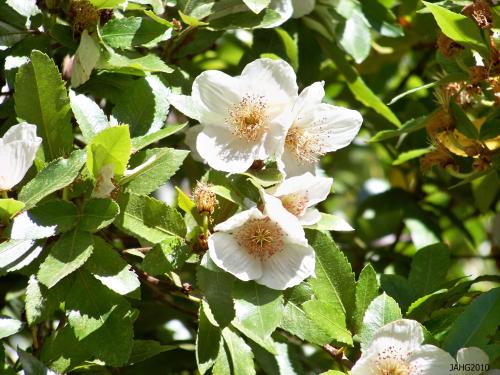
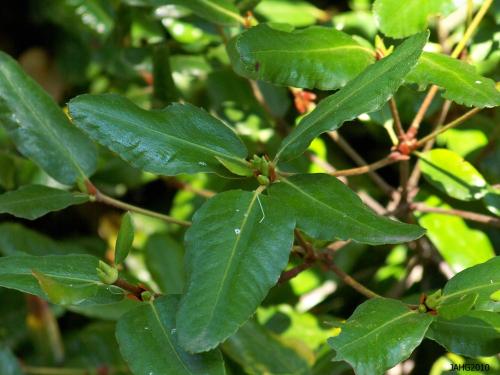
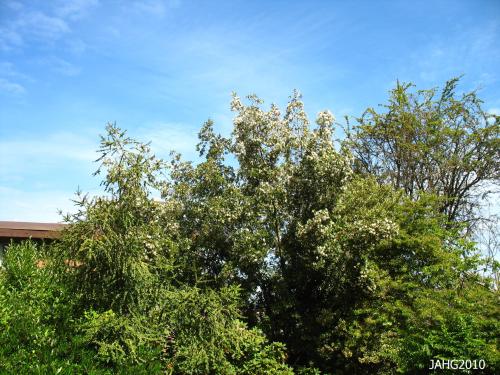
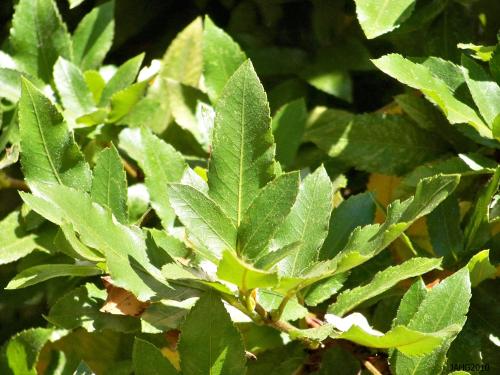






 Stumble It!
Stumble It!






